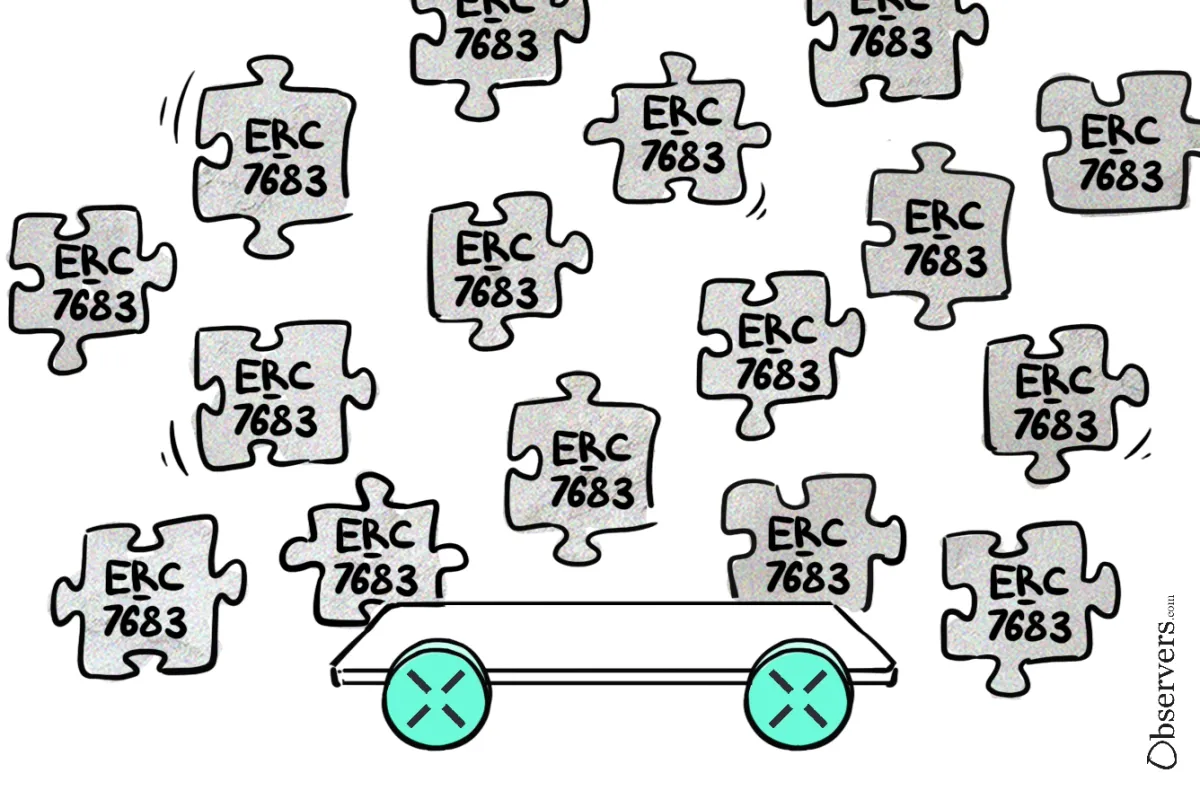
Blockchain interoperability has been a challenging issue in the cryptocurrency industry since the first smart contract blockchains came out around 2015. As more blockchains and Layer 2 networks have emerged, the ecosystem has become even more fragmented. Developers and users often find themselves confined to specific networks, having to choose which “silo” to operate in. Users have to become familiar with various interoperability tools just to interact with different dApps.
To address these issues, some projects have developed blockchain bridges to facilitate easier asset transfers. However, these solutions, due to their complexity, have become prime targets for hackers, resulting in numerous significant security breaches and financial losses amounting to hundreds of millions.
While bridges do facilitate transfers, they are constrained by the transaction finality times of the blockchains they connect to. Unfortunately, this means they can't expedite transfers beyond a certain limit. Moreover, they haven’t significantly encouraged the development of cross-chain dApps that operate effectively across multiple networks.
This fragmentation issue is particularly pronounced for Ethereum, whose once cohesive community is now split between the main layer (L1) and various competing L2 networks. This competition among Ethereum’s chains dilutes efforts that should ideally contribute to a collective goal.
In response, Ethereum developers have proposed an innovative "Intent-based" transaction architecture. Unlike traditional models that dictate “how” a transaction should be conducted, this new approach focuses on the desired outcome or “what” should be achieved. Users could simply state their desired result, leaving it to sophisticated third-party services to execute the most efficient method to reach that goal.
For intent-based transactions to work smoothly, they need a solid foundation consisting of multiple services in many different layers. However, if this architecture is not standardized, it will not be possible to scale this tech and achieve interoperability between different applications in the future. Different dApps might end up with different relayers, which will not be able to interact with each other.
This brings us to a collaboration between Uniswap and Across Protocol, who are proposing the new ERC-7683 standard, also known as Cross Chain Intents. This standard aims to make token transfers across various L2 solutions smoother and might be the key to solving Ethereum’s interoperability puzzle.
ERC-7683 aims to address relayer fragmentation by creating a universal filler network for all cross-chain intents to adhere to a common order structure. It proposes that all cross-chain intents follow the same order structure, enabling a shared, universal filler network to effectively fulfill transactions.
Looking ahead, Uniswap plans to utilize this standard in its upcoming platform, UniswapX, which aims to enhance cross-chain swaps. By replacing traditional liquidity pools with a network of third-party fillers the project intends to optimize trade execution through competitive auctions, ensuring users receive the best prices.
UniswapX will also feature gasless transactions, potentially setting a new standard for user experiences on decentralized exchanges. The launch of UniswapX later this year could be a pivotal moment, demonstrating the practical applications and benefits of Intent-based transactions and ERC-7683 in revolutionizing cross-chain trading and swapping on Ethereum.

